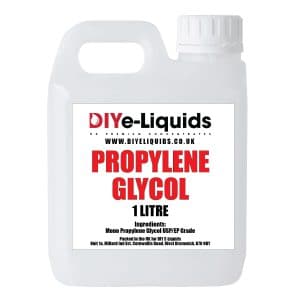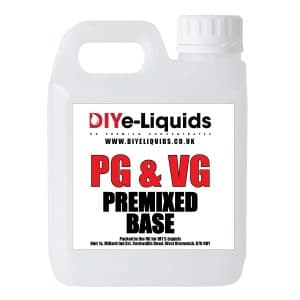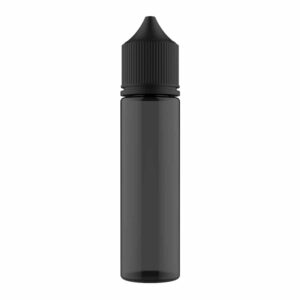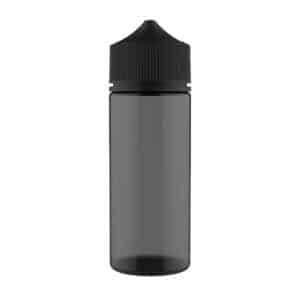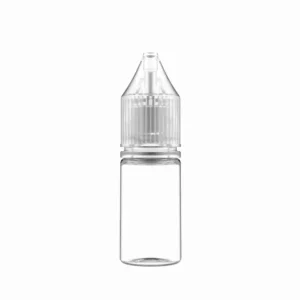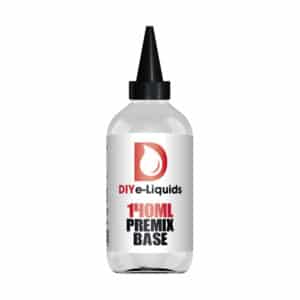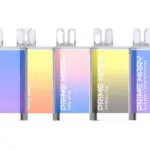PG VG and Accessories
Show FiltersShowing all 8 results
-
£2.49 – £39.99 Select options This product has multiple variants. The options may be chosen on the product page
-
£1.99 – £39.99 Select options This product has multiple variants. The options may be chosen on the product page
-
£1.99 – £31.99 Select options This product has multiple variants. The options may be chosen on the product page
-
£0.79 – £24.99 Select options This product has multiple variants. The options may be chosen on the product page
-
£1.00 – £54.99 Select options This product has multiple variants. The options may be chosen on the product page
-
£1.00 – £59.99 Select options This product has multiple variants. The options may be chosen on the product page
-
£0.79 – £24.99 Select options This product has multiple variants. The options may be chosen on the product page
-
Original price was: £9.99.£5.99Current price is: £5.99. Select options This product has multiple variants. The options may be chosen on the product page
Showing all 8 results
Vegetable glycerine (VG) is a base ingredient when it comes to e-liquids, and VG is an essence derived from plant oils; this usually takes the form of an odourless liquid with other natural mixtures. Vegetable glycerine liquid is used in e-liquids, cosmetic production, and foods.
Here at DIY E-liquids, we use VG of the highest purity, which is sourced from our connections across Europe. We make sure you receive the highest quality, as VG makes up more than half of your e-liquids when creating your own, so we know how vital and essential this ingredient is.
Propylene glycol (PG) is a very popular base for e-liquids. The popularity comes from the PG e-liquid benefits. It is less viscous than vegetable glycerin and easier to handle when refilling your e-cigarette’s atomizer. Another benefit is that its low viscosity and density mean that you will get less gunk buildup in the coil. PG is also better absorbed by the wick material. Furthermore, almost no taste comes from propylene glycol, which means that you can add any flavour concentrate and feel the taste without any flavour distortion.
At DIY E-Liquids, we supply everything you need to measure accurately, handle the liquids safely, and store your finished e-liquid, from syringes and disposable gloves to plastic or glass bottles. Why go anywhere else when we’ve got what you need to make your own vape juice here?
PG VG and Accessories FAQ
Generally, VG (vegetable glycerine) and PG (propylene glycol) are recognised as safe for consumption, but some individuals may experience allergic reactions or irritation when inhaling vaporised VG and PG.
The two primary VG/PG blends commonly vaped are the 50VG/50PG blend, available in 10ml e-liquids combined with pre-mixed nicotine and used with MTL (mouth-to-lung) kits. The second most commonly used is the 70VG/30PG blend, preferred by vapers who prefer larger vapour clouds and more flavour.
Yes, if you like making your e-liquids, you can adjust the PG/VG ratio to suit your vaping preferences based on the amount of nicotine, concentrate flavours, and VG/PG you use.
Some vapers do experience their throat feeling scratchy or start coughing when vaping some juices. Some vapers are sensitive to one of the ingredients found in e-liquids, called propylene glycol. So if you experience any symptoms, it is best to stop vaping and consult with a medical professional to see if you are allergic to PG.
There are a few factors to consider when choosing the type of throat hit you are seeking when vaping. The two types of nicotine used in all e-liquids are freebase nicotine and nicotine salts. If you are looking for a harsh throat hit, it is better to use freebase, as it does deliver a much stronger throat hit. You can also change the nicotine level from 3mg to 18mg. Just remember, the higher the freebase nicotine strength, the stronger the throat hit. The alternative and now the most popular type of nicotine use is nicotine salts. They have a smoother throat hit than free bases and have become the number one choice for vapers. Nic salts are a type of nicotine naturally found in tobacco leaves and, when mixed with e-liquids, are the most efficient way to deliver nicotine to your body.
VG and PG are safe to handle, but it is advisable to wear some PPE, such as gloves and eye protection, when handling them. They should be stored in a cool, dark place out of direct sunlight.

